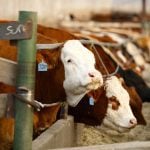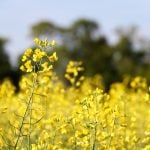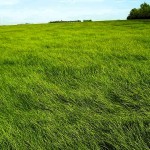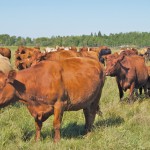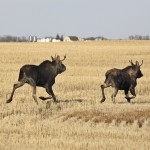CNS Canada — Excessive moisture in some parts of Manitoba over the past few months has led to localized forage shortages heading into the winter. However, ample feed grain supplies are expected to help supplement any lack of forages. Manitoba’s Interlake region was particularly hard hit by moisture in 2014. Water levels on both Lake
